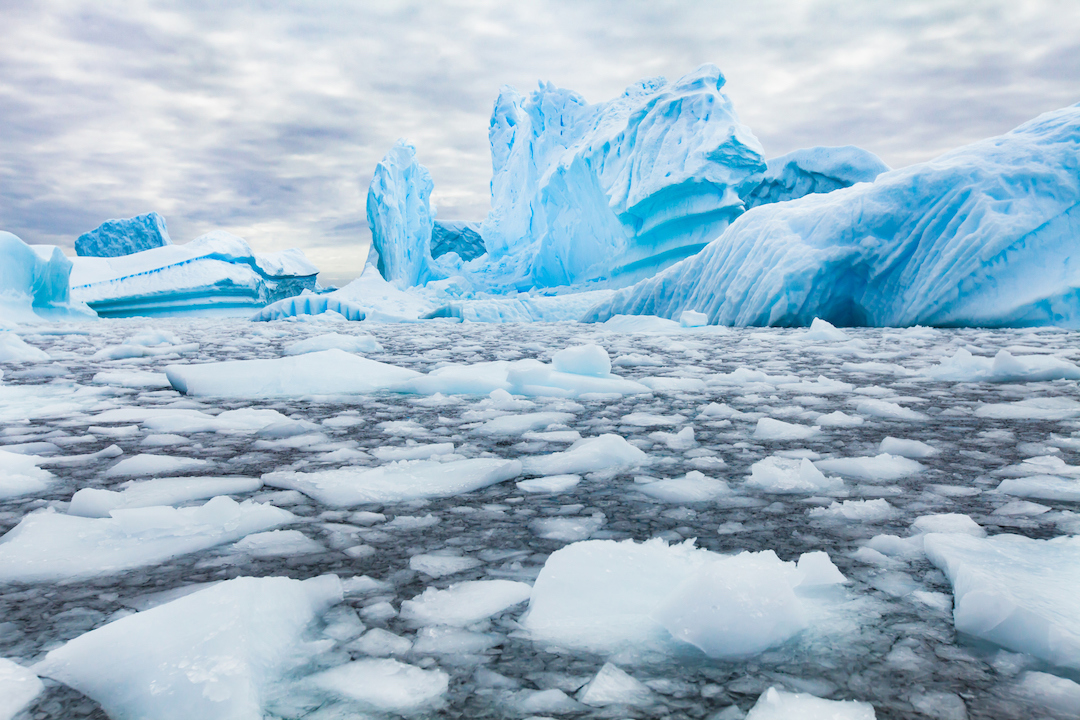ENVIRONMENT | Significant melting happens to Antarctic ice sheet surface: monitor report
The surface of the Antarctic ice sheet had experienced significant melting over the 1999-2019 period.

Antarctica beautiful landscape, blue icebergs, nature wilderness
The surface of the Antarctic ice sheet had experienced significant melting over the 1999-2019 period, said a remote sensing report released Friday by the Ministry of Science and Technology (MOST).
Over the 1999-2019 period, more than 2.63 million square kilometers of the Antarctic ice sheet surface had experienced observable melting, accounting for one-fifth of the total area, said the MOST 2020 annual report of remote sensing monitoring on the global ecological environment.
Melting was mostly distributed on the edge of the Antarctic ice sheet and the Antarctic Peninsula, with an increasing trend. The Antarctic Peninsula experienced the most severe melting, said the report.
It is predicted that the melting conditions of the Antarctic ice sheet surface will continue to increase, especially in West Antarctica and Antarctic Peninsula. Its impact on the sea level rise will become significant.
This year’s report launched a new subject on changes in the Antarctic ice sheet.
This subject analyzes the temporal and spatial variation characteristics of the Antarctic ice sheet surface melting, ice shelf disintegration and penguin habitat distribution and their correlations, said Wang Qi’an, director of the National Remote Sensing Center of China.
It is of high scientific value for further research on the stability of the Antarctic ice sheet and global climate change, Wang added.



